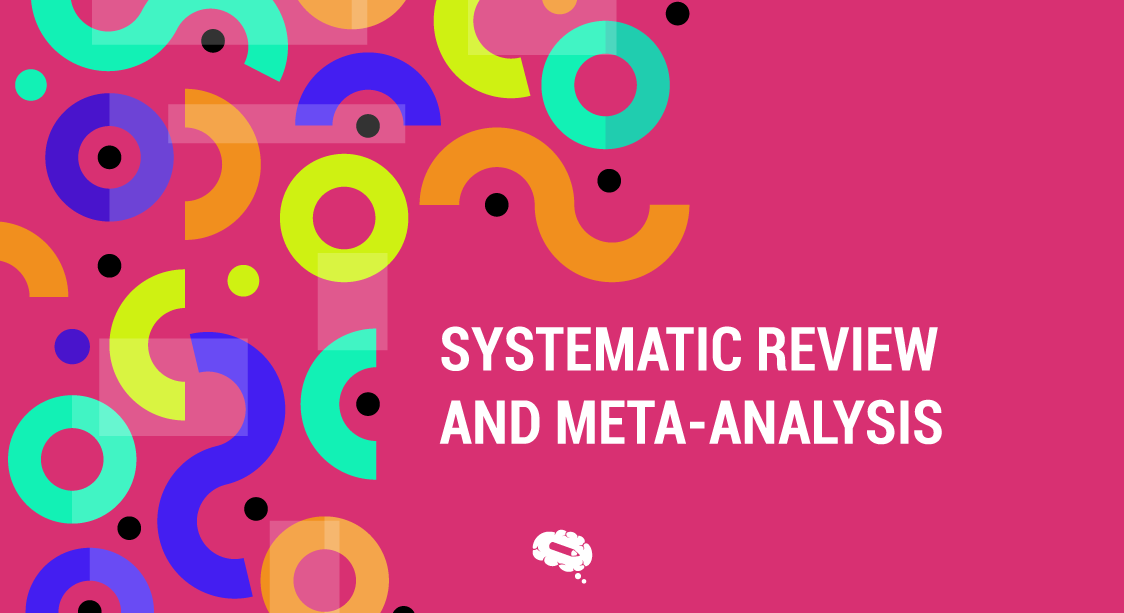Course content
Practical Framework and Learning Effective Strategies for "Topic/Title Selection" in Systematic Reviews and Meta-Analysis
The Use of the Latest "Artificial Intelligence" Tools and Platforms to Enhance the Processes in the Design, Execution, and Writing of Systematic Reviews and Meta-Analysis
Various "Facilitating Tools and Platforms for Systematic Reviews and Meta-Analysis" to Increase the Speed of Execution Processes in the Design and Implementation of Systematic Reviews
Learning the "Writing Standards for Systematic Reviews without Meta-Analysis"
Differences Between "PRISMA-2020 Writing Standards" and Its Previous Edition, PRISMA-2009, and Focusing on the Distinctions of the New Standard from the Previous Edition
The Basics of Selecting Common "Effect Size Indices" in Systematic Reviews and Meta-Analysis and Learning the Interpretive Areas of These Effect Size Indices
Focusing on New "Risk of Bias Assessment" Checklists or Tools Introduced in the Last 3 to 5 Years and the Application of Each in Systematic Reviews and Meta-Analysis
Familiarity with Syntax and Commands of STATA Version 17 in Basic Meta-Analysis Topics and the Capabilities Added Compared to Version 14 and Other Previous Versions in the Field of Meta-Analysis
Mastering All Options in STATA Version 17 That Can Be Used to Optimize Various Meta-Analyses (Different Corrections, Updated Weighting Models, etc.)
The Application of "Cumulative Meta-Analysis" in Certain Meta-Analyses
"Calculation of Statistical Power" in Meta-Analyses, Including the Combination of All Studies and Subgroup Analysis (A Topic That Has Been Highly Noted by Journal Reviewers in the Past One or Two Years)
How to Formulate "Various Sensitivity Analysis Approaches in Meta-Analyses" (Currently, One of the Most Important Differences That Reviewers in Prestigious and Highly Prestigious Journals Use to Identify a Strong Meta-Analysis Article is Having Several Logical Approaches in the "Sensitivity Analysis" Section).


